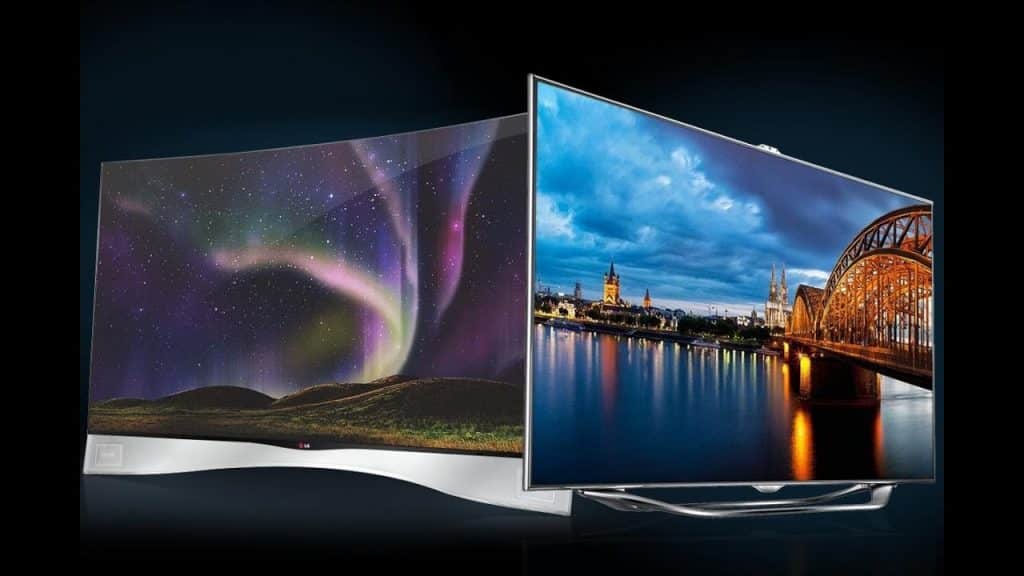What are OLED TVs and plasma TVs, and how are they different? Plasma and OLED are two types of visual displays. Usually, these terms are displayed when comparing plasma TVs and OLED TVs. OLED, which stands for organic light-emitting diode, is a more common type of display that improves on old LCD technology. The least used plasma displays use plasma.
DONT MISS- What is MicroLED?
Plasma TVs have almost disappeared when OLEDs and other technologies like Super-AMOLED took control of the scene. In 2014, due to production costs and the growth in demand for other display technologies, Panasonic, LG, and Samsung stopped producing plasma TVs.
Similarities between plasma and OLED
Compared to the differences between OLED and LCD and plasma and LCD, plasma and OLED are much more similar. In other words, OLED and plasma are more identical to each other than with the LCD.
The practical result is that most people could see both and not notice a big difference over the price.
Both technologies portray blacks better than previous technology, both are available in high resolution and large screens, and both can be used for years without color degradation or burns.
The refresh rate on plasmas and OLEDs is relatively high compared to older screen technologies, so flickering the screen is usually not a problem with either of them.
SEE ALSO- What is Super-AMOLED (S-AMOLED)?
OLED vs. Plasma- where the differences matter
Where OLED uses organic material to illuminate the screen, the plasma uses ionized gases. The color of an OLED screen fades over time so that it won’t last as long as a plasma screen.
However, since the plasma relies on the gas inside the screen to illuminate the images, it is not possible to use a plasma screen at very high altitudes or the pressure difference between the environment and internal gases damages the set.
Plasma TVs are more sensitive to ionized gases due to interference. OLED does not suffer from this problem, so you can listen to AM radio around an OLED TV without worrying about radio frequency interference.
OLED technology turns off the black pixels, so blacks on an OLED screen are 100 percent black. Plasma screens don’t have that level of precision, so blacks aren’t as black on a plasma screen as on an OLED display.
Plasma screens are more massive than OLEDs because they are covered with glass, which makes them even more susceptible to breakage. OLEDs use thinner protection that makes them a little more flexible.

